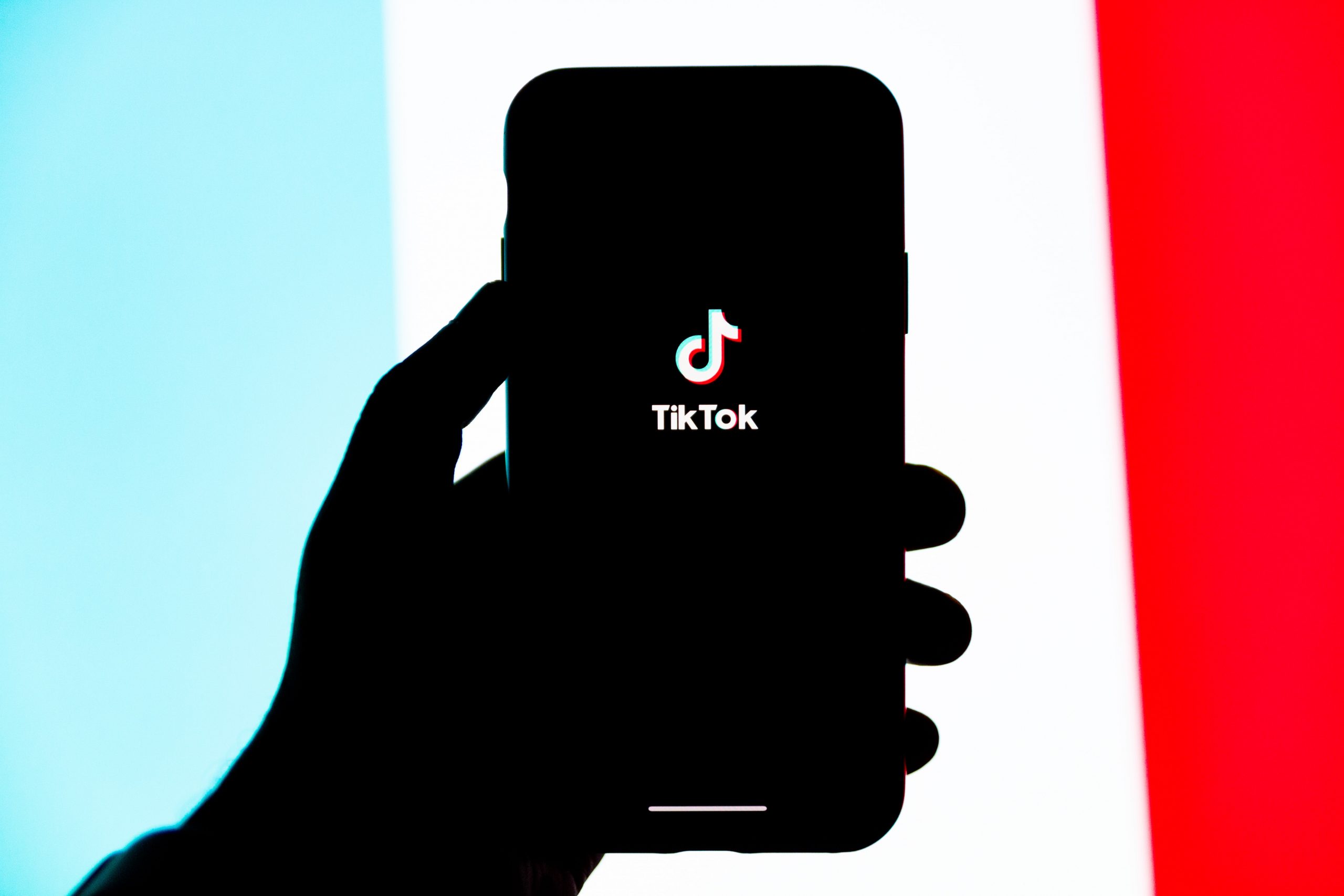Once again, TikTok was the star of the news this past month — however, this time not for a good reason. There was no global outlet who didn’t report on the alleged TikTok data breach.
Now, thankfully, this data breach didn’t actually happen. But, it’s safe to say that TikTok’s brand image has taken at least a minor hit to its brand reputation.
Did you know that 86% of people say they’re either very or somewhat concerned about the misuse of their personal information by businesses? On another note, 58% of adults are more worried than ever of being a victim of cybercrime.
I’m sure you’d agree that this is a very strong sentiment. And with the ever-increasing cyber attacks, it doesn’t seem like it’s going to change any time soon.
However, you shouldn’t be worried. Instead, you should see this as an opportunity to differentiate yourself from your competitors by emphasizing your cyber security measures. In turn, this will not only increase your user trust (and ultimately your revenue), but it will also act as a protector of your brand image when rumors like the one TikTok suffered last month arise.
So, what actually happened? Let’s talk about it before moving on to discuss the ways in which your brand positioning as a cybersecurity leader could help your bottom line.
The TikTok breach that didn’t happen: an overview
The rumor of the TikTok data breach first appeared on the Breach Forums on September 3, 2022 when a user named “AgainstTheWest” shared alleged screenshots from a TikTok (and WeChat) breach.
They shared two samples of the data to accompany a video showing one set of database tables while claiming to have successfully extracted two billion records from the database. As of posting the news to the forum, “AgainstTheWest” said that they didn’t yet decide whether they wanted to sell the database or release it to the public.
On the same day, a tweet from the user “BlueHornet|AgainstTheWest” claimed they had successfully stolen “internal backend source code” of TikTok.
A mere 24 hours later — the whole world was talking about it with news outlets left and right reporting on this data breach.
Soon after, a TikTok spokesperson had said that they had found no evidence of a security breach while the code in question was completely unrelated to TikTok’s backend source code.
And you know the website haveibeenpwned.com? Its creator, Troy Hunt, has analyzed the data sample on Twitter before stating that the evidence is “so far pretty inconclusive”. He explained that while some of the data matches production information, it’s already publicly available anyway.
So, the good news is — the TikTok data breach didn’t happen.
The bad news — this is yet another hit to its brand image.
Insider Intelligence has looked at US social media users who agree that a platform protects their privacy and data in 2020, 2021, and 2022, and the numbers are on a downward spiral. In TikTok’s case, they stand at 41%, 36% and 24%, respectively.
What will be the exact impact of the abovementioned events, it is too early to tell. The only thing we can say for sure is that it will be negative.
That’s why it’s super important for businesses to position their brands as cybersecurity leaders.
Cybersecurity leader positioning or nipping the rumors in the bud
When you position yourself as one of the market leaders in cybersecurity in your industry, your users learn to trust you. And when any rumors related to data breaches appear, you can count on them to listen to what you have to say, instead of joining the angry mob.
This is a huge advantage because you get to retain your customer and their trust.
You may already know that retaining an existing customer is 5 to 25x cheaper than acquiring a new one. Now add to that the fact that a 5% increase in customer retention increases company profits from 25 to 95%, and it’s fairly clear why this is one of the priorities for businesses.
Furthermore, in addition to customer retention, this would also help you with customer acquisition.
Did you know 87% of people feel either neutral or dissatisfied with the way their digital identity is managed? That’s a huge market that you could tap into provided that you invest in your app cybersecurity and positioning.
And how would you start with that?
Before promoting any cybersecurity USPs, you have to make sure that the security your app provides is up to par.
Start by assessing your setup, and see where you could make improvements.
How is your backend protected? Are there better ways to protect it? What authentication methods do your employees use? What about your users? Is their privacy protected? How do your competitors go about cybersecurity? What can you do better?
These are just some of the questions that you should ask yourself. The answers will give you a good idea of the direction you should head into.
Alternatively, don’t hesitate to schedule a free call with us. We can help assess your situation and help you come up with a fitting solution. Let’s talk!



